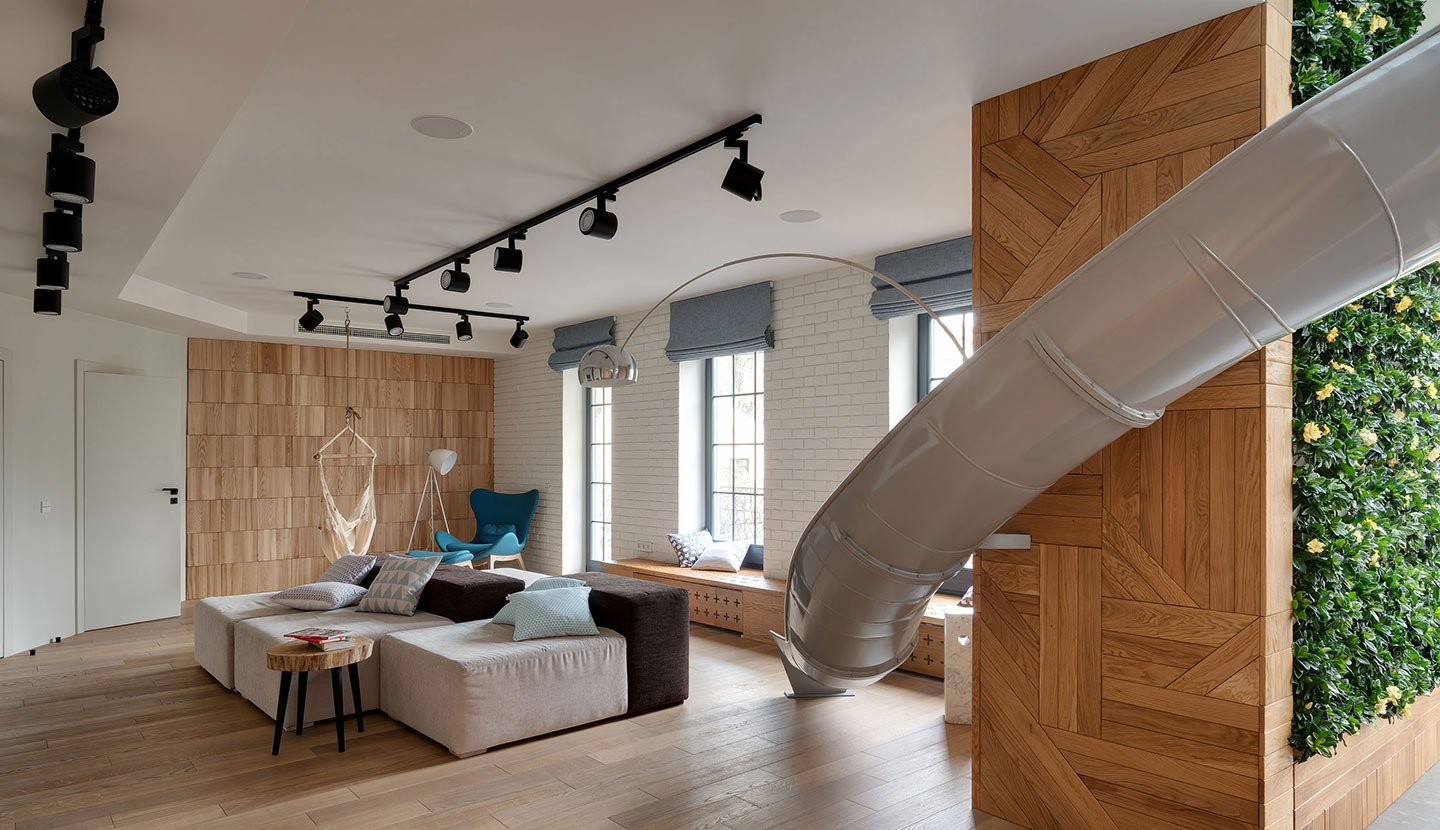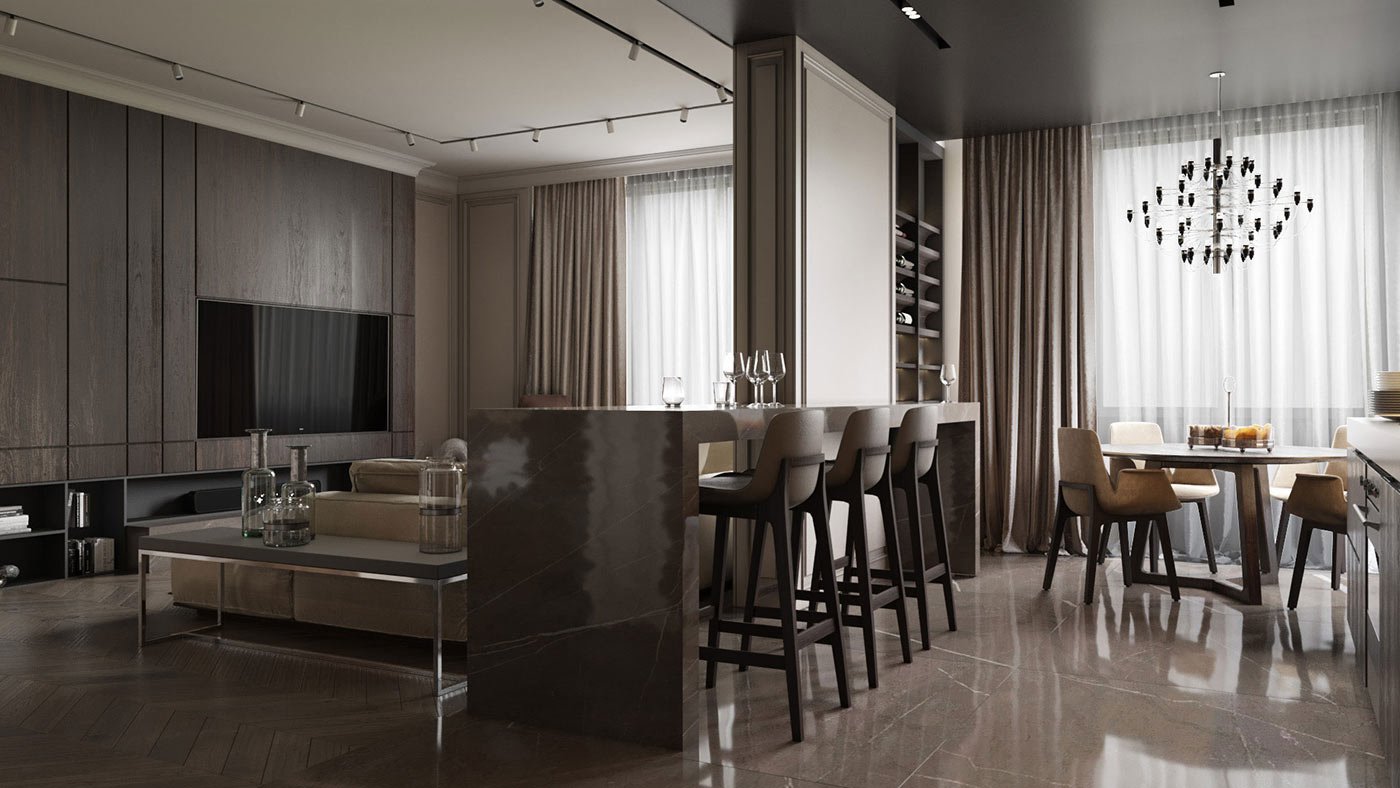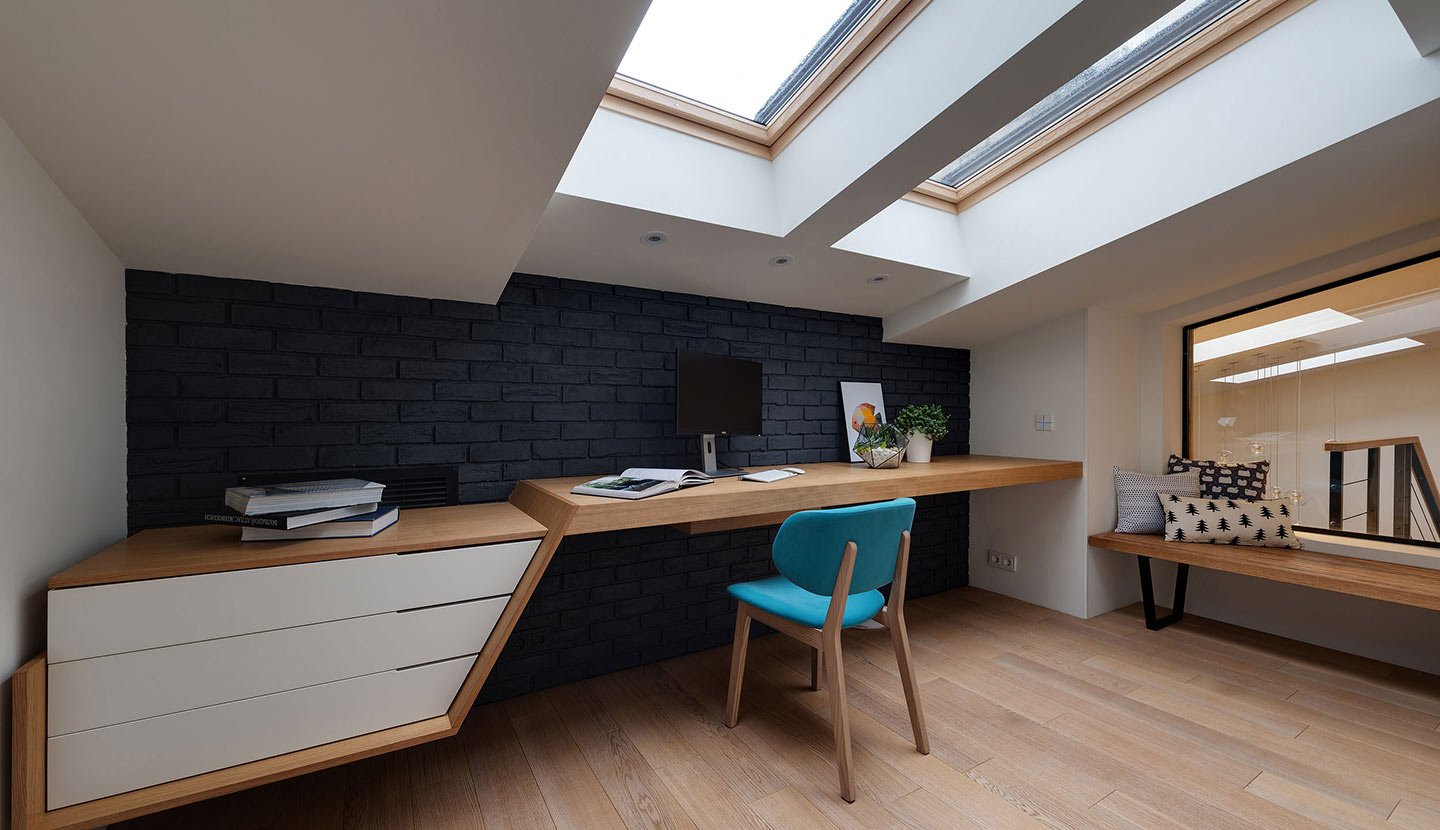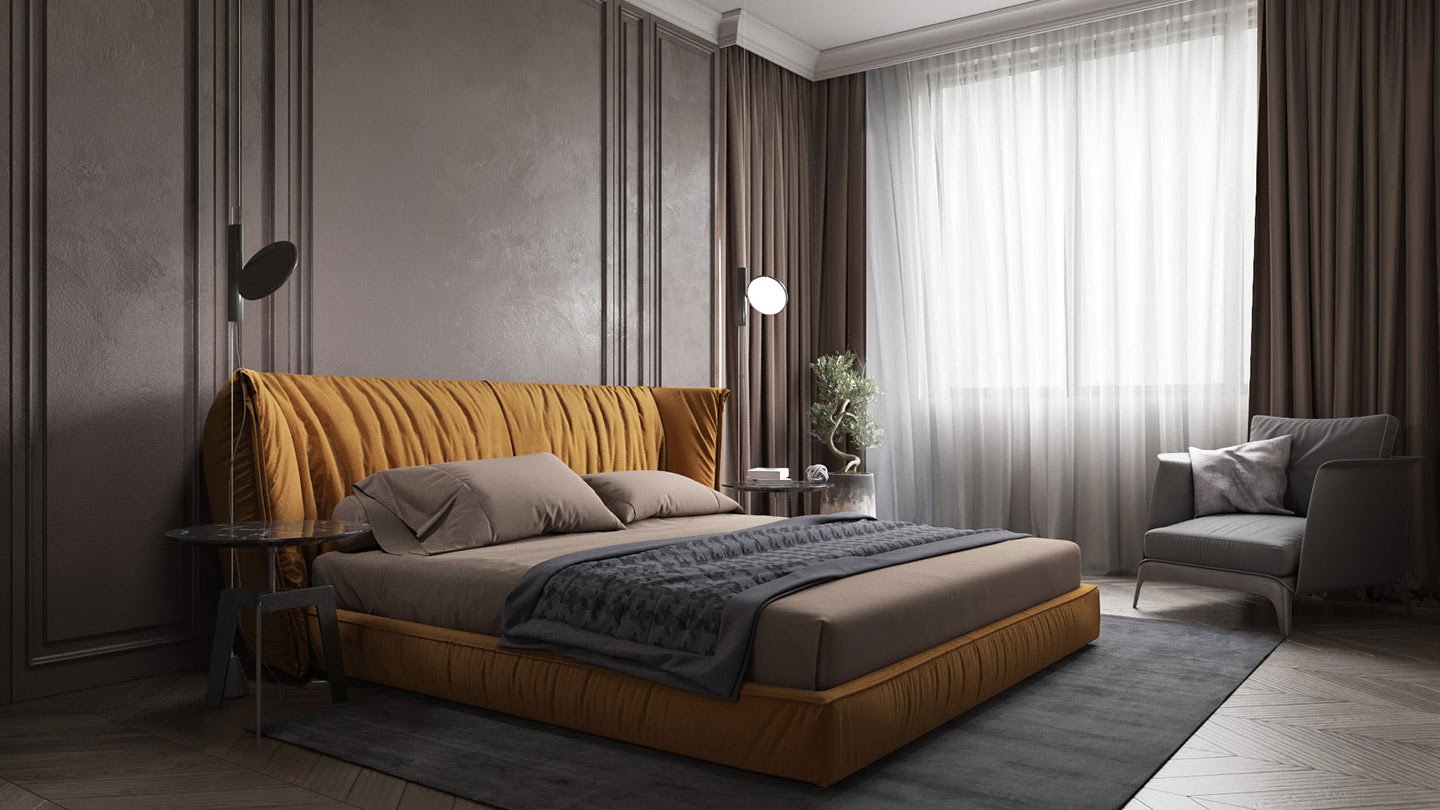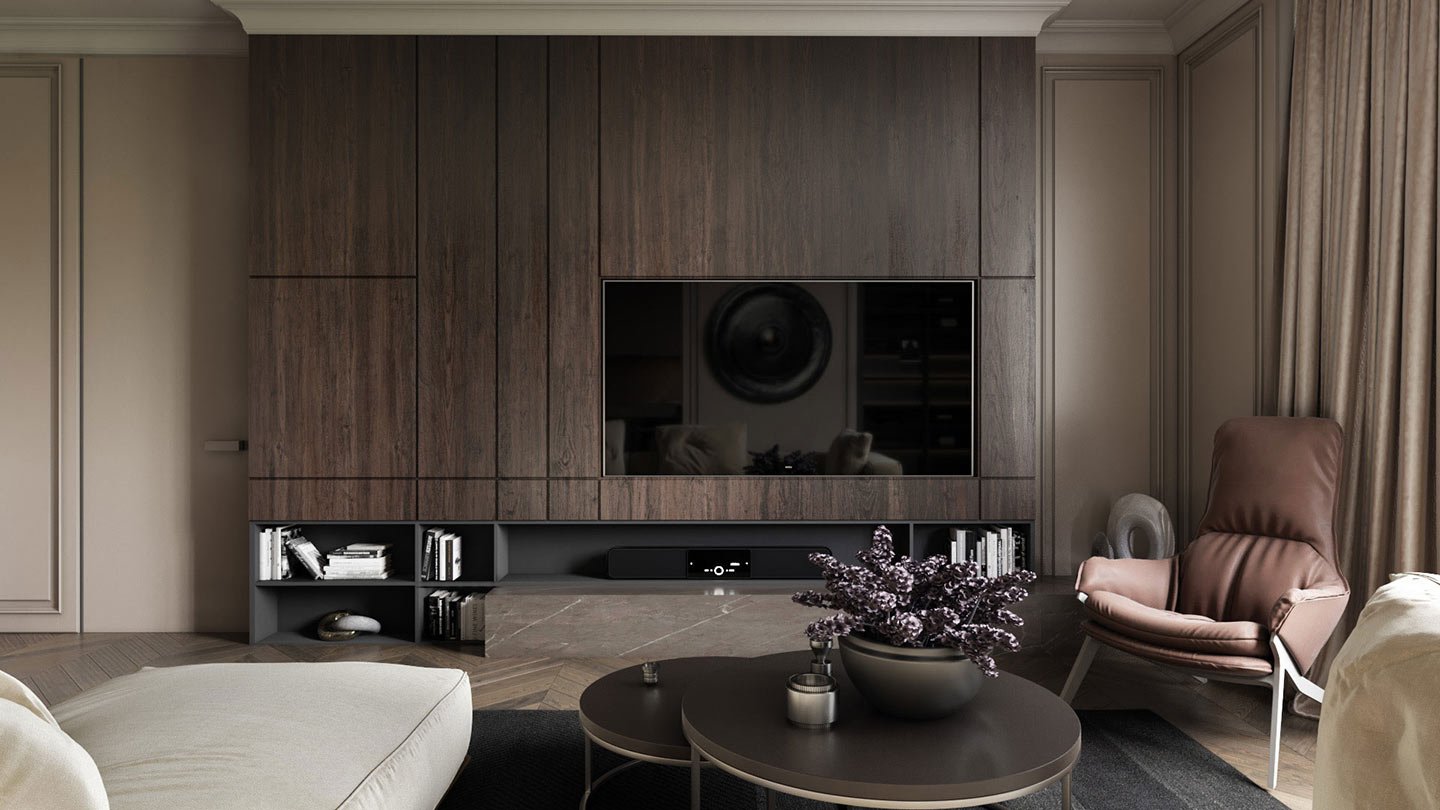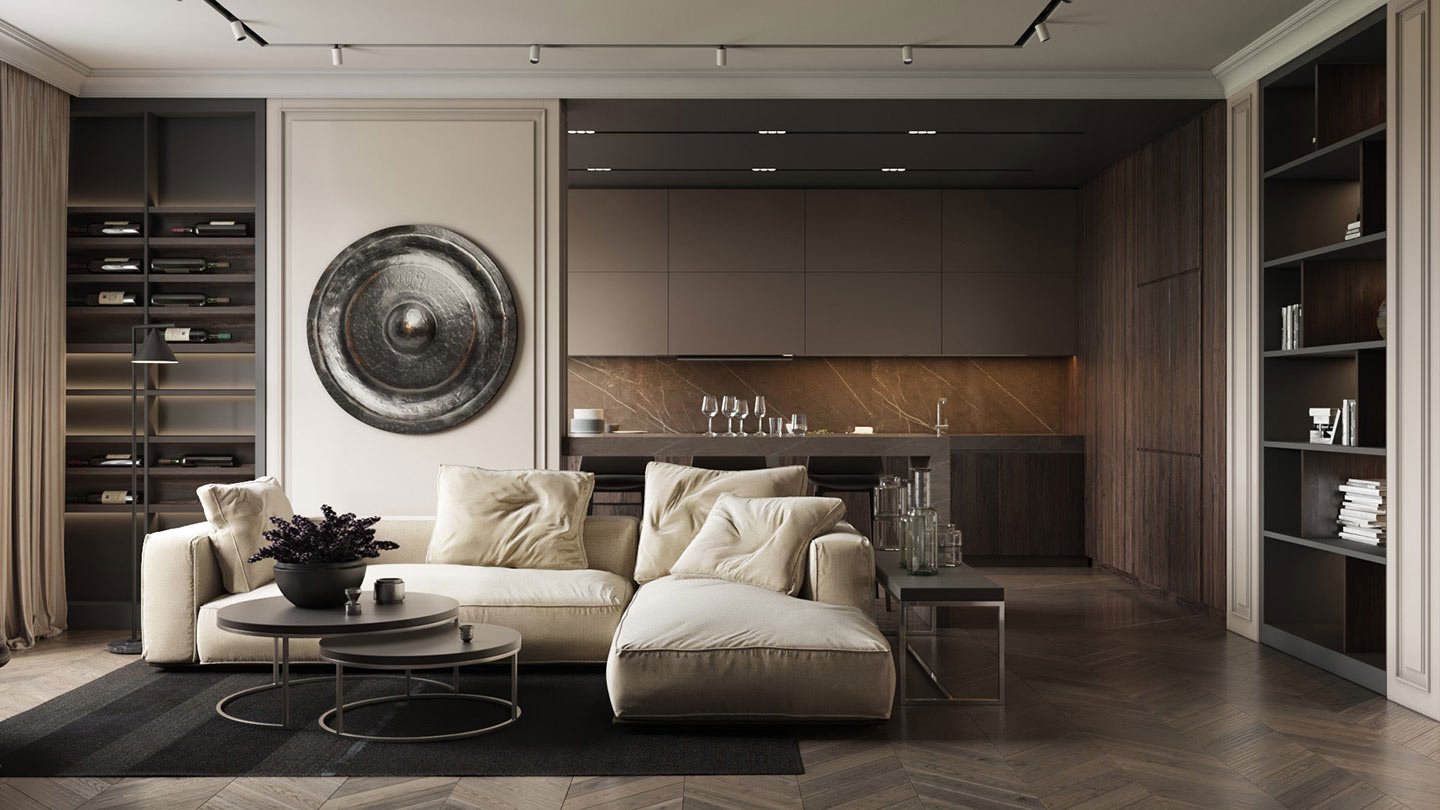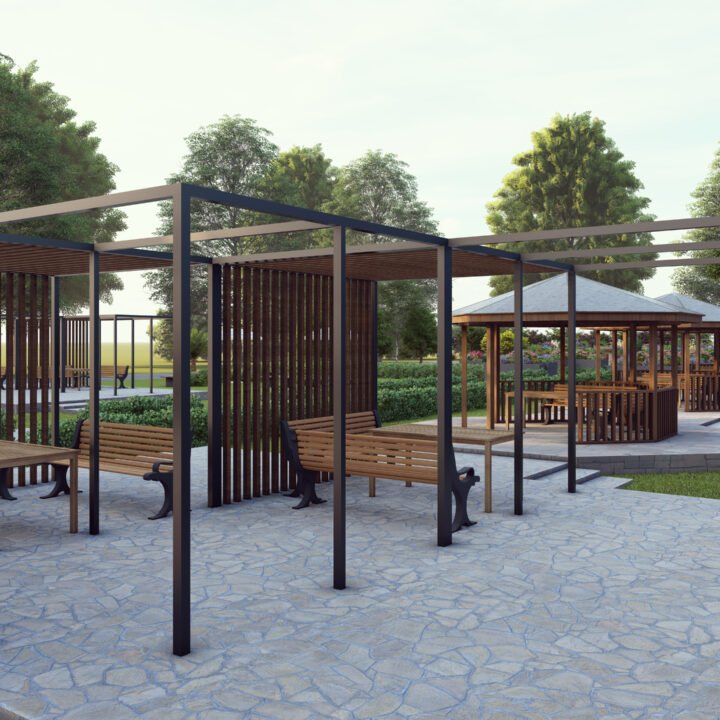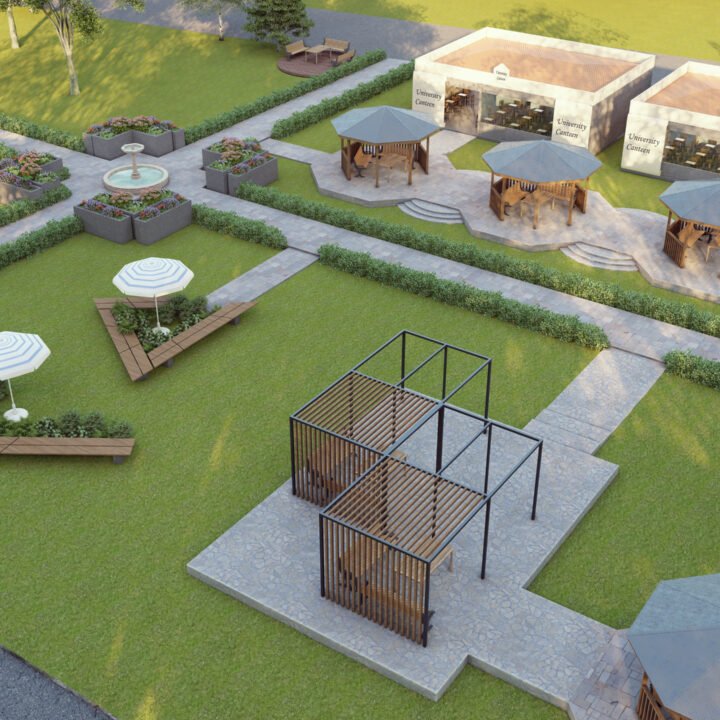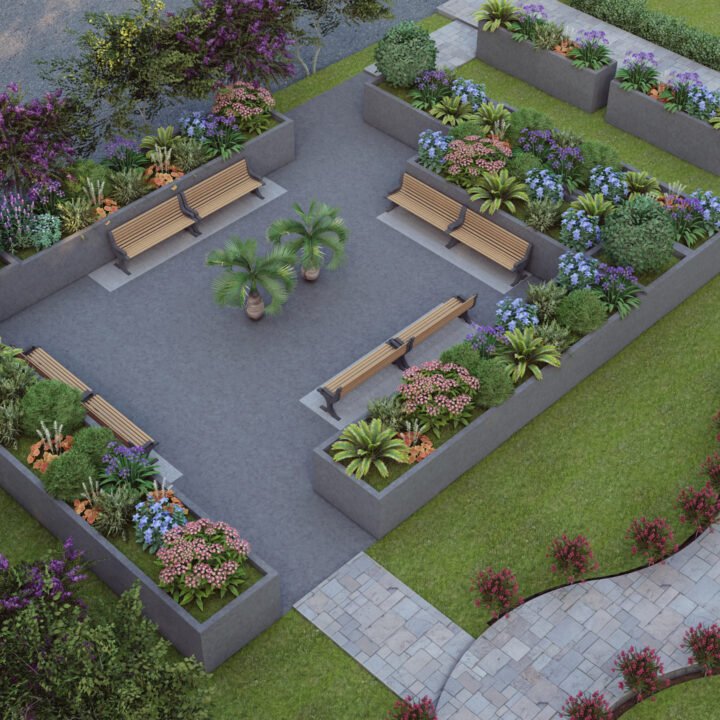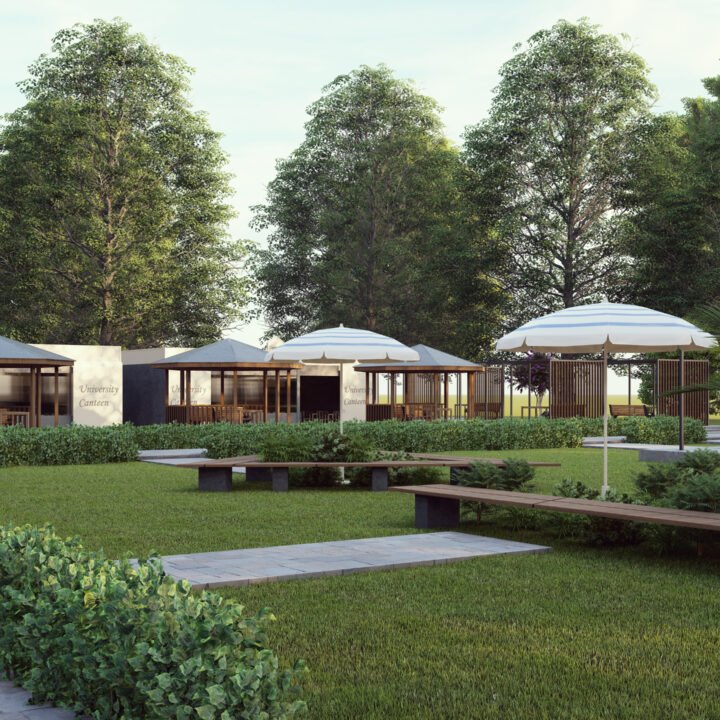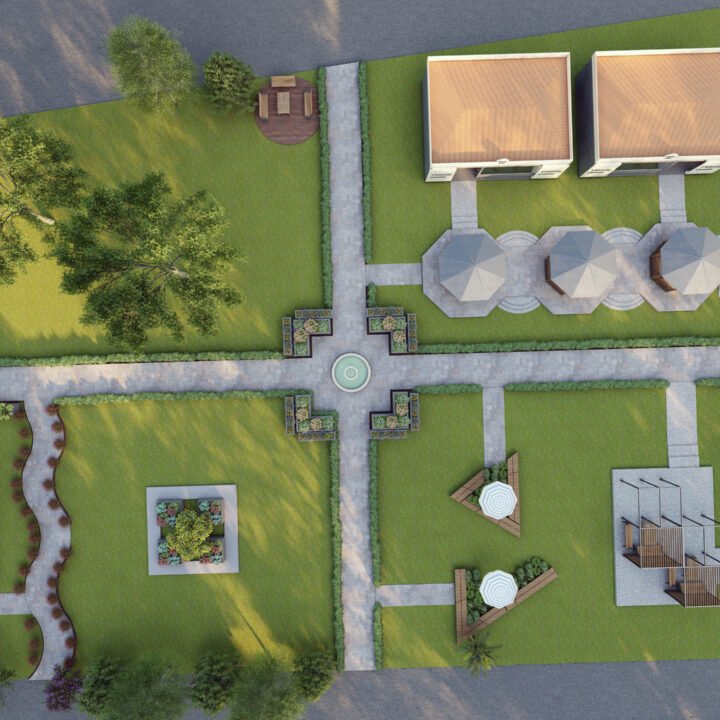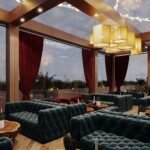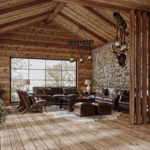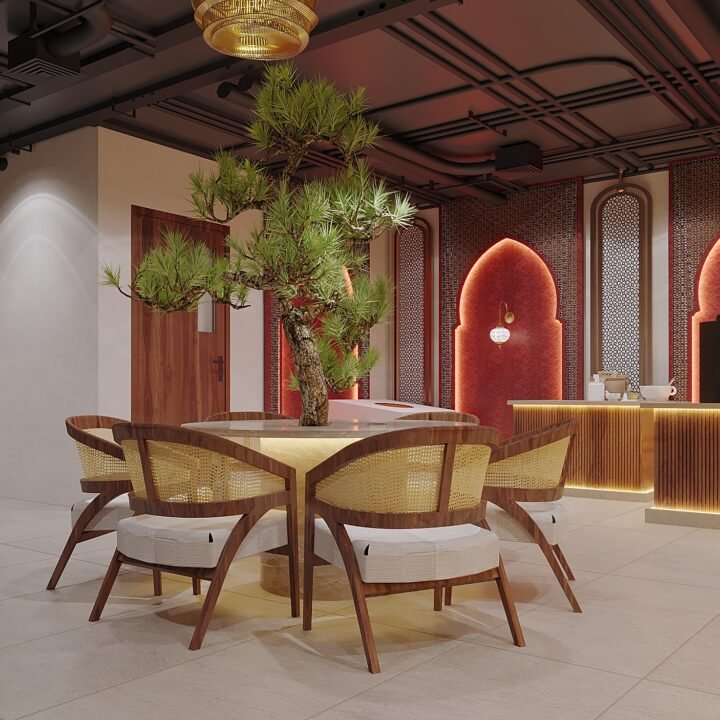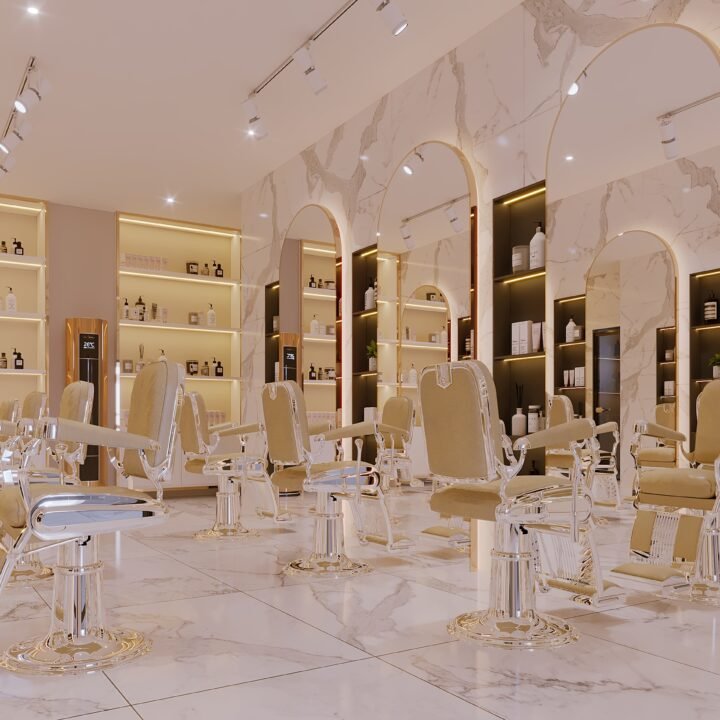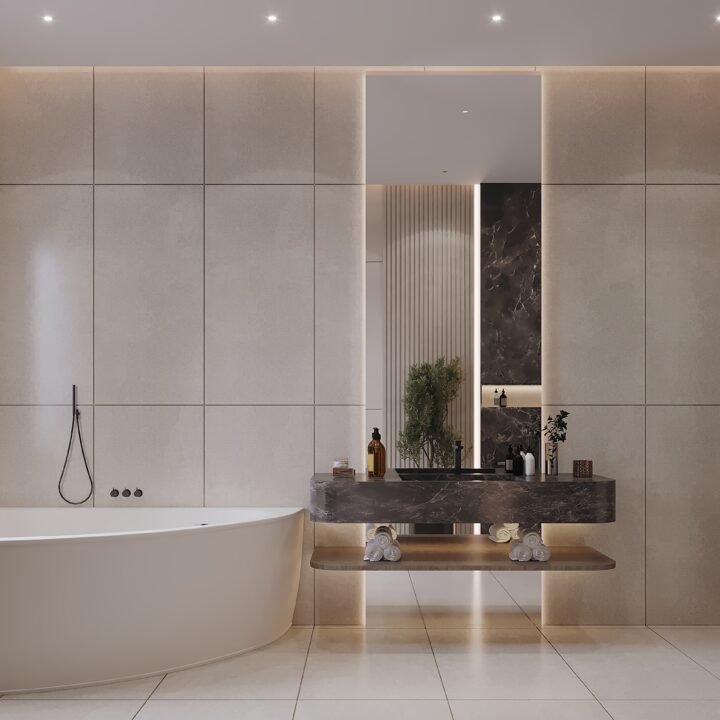Project Overview
The project aimed to create an inviting and functional outdoor seating space for a university canteen, blending aesthetic appeal with durable functionality. The design focuses on providing students and staff with a comfortable, shaded, and open-air dining environment that fosters community interaction while integrating seamlessly into the surrounding campus landscape.
Design Concept
Our concept was driven by natural integration and timeless design. Inspired by the form of traditional wooden gazebos, we incorporated octagonal pavilions with open frameworks to allow free airflow and visual connection to the surrounding greenery. The natural wood finish harmonizes with the landscaped environment, while the structured layout ensures accessibility and functionality for high-traffic usage.
Design in Details
Key Features & Specifications
Pavilion Structures
Form: Octagonal wooden gazebo-style structures
Dimensions: Each pavilion approximately 4.5m diameter with an open-plan interior
Material: High-grade treated timber for weather resistance and longevity
Roofing: Sloped composite shingle roofing for effective rainwater runoff
Seating: Integrated wooden benches with ergonomic design for comfort
Flooring & Platform
Material: Non-slip natural stone tiles with warm-toned finish
Elevation: Slightly raised platforms (150mm–200mm) to protect against ground moisture
Edge Detailing: Beveled stone edges for smooth transition and safety
Accessibility
Gradual three-step entry to pavilions with wide tread for ease of movement
Pathways designed with wheelchair-accessible routes leading to seating zones
Landscape Integration
Surrounding Elements: Green hedges and flower beds for visual softening
Paving: Natural stone pathway leading to the canteen entrance
Shading: Large trees provide natural shade and cooling effect
Canteen Building Exterior
Facade Material: Neutral-toned plaster finish to complement wooden structures
Windows: Large glass panels for open visibility into the dining hall
Signage: Minimalist “University Canteen” branding in clean typography
In design, we bring characteristics of the natural world into built spaces, such as water, greenery, and natural light, or elements like wood and stone. Encouraging the use of natural systems and processes in design allows for exposure to nature, and in turn, these design approaches improve health and wellbeing. There are a number of possible benefits, including reduced heart rate variability and pulse rates, decreased blood pressure, and increased activity in our nervous systems, to name a few.
Over time, our connections to the natural world diverged in parallel with technological developments. Advances in the 19th and 20th centuries fundamentally changed how people interact with nature. Sheltered from the elements, we spent more and more time indoors. Today, the majority of people spend almost 80-90% of their time indoors, moving between their homes and workplaces. As interior designers embrace biophilia.
Incredible Result
Functionality & User Experience
The design ensures that the space can handle both casual gatherings and peak lunch hours. Students can enjoy an outdoor eating experience that promotes social interaction while staying protected from direct sunlight. The spatial arrangement creates a flow between indoor and outdoor dining, maximizing seating capacity and enhancing the campus atmosphere.
Materials & Finishes
Wood: Weather-treated hardwood for structural and seating elements
Roof: Asphalt composite shingles in neutral grey
Flooring: Textured natural stone for slip resistance
Landscape Elements: Low-maintenance native plants for year-round greenery
Outcome
The University Outdoor Canteen Seating Pavilion has transformed the campus dining experience, providing a functional, beautiful, and durable outdoor area. This project reflects Izza Interior Design Studio’s commitment to blending design innovation with practicality in public spaces.



